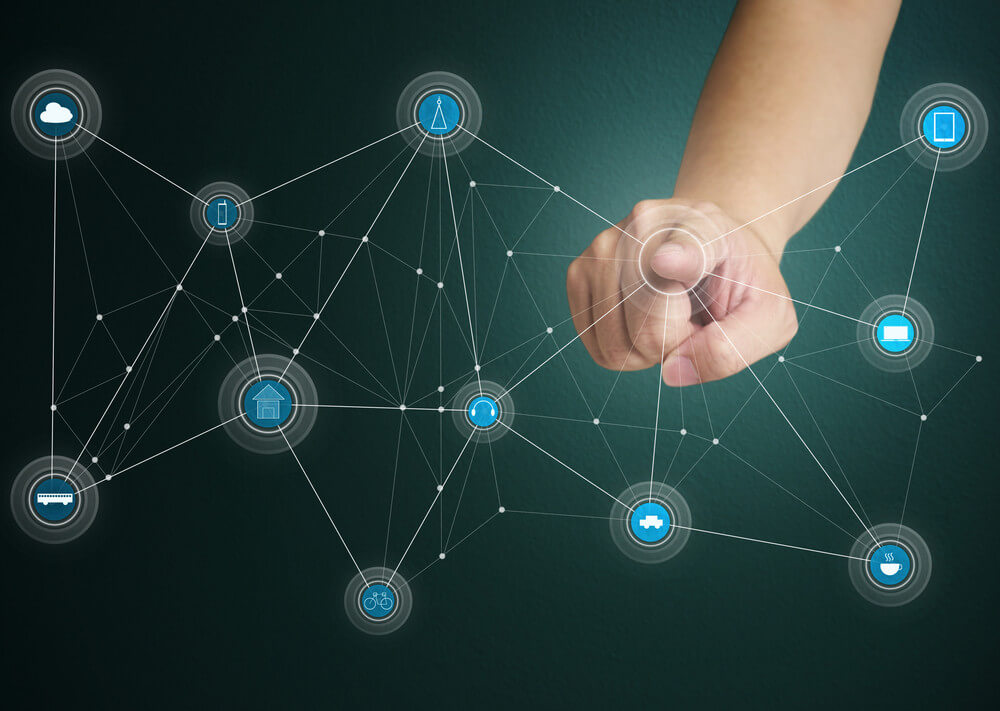In a digital world, it is not surprising that most of us are concerned about having maximum speed and security on our Internet connections. The fastest speed ever recorded on a single fiber line was 43 Tbps. FTTH operators and providers know that it takes a great deal of effort to continue to build on and grow all the progress that has been made to date, looking for innovative ways to address all the changing needs.
Our technology-driven reality now relies on switches and network layers to meet our demands. Basically, these layers and switches allow us to transfer information from one source to a given destination with great ease. Let’s take a closer look at what is layer 2 connectivity, layer 3 connectivity and why having a layer 3 network can benefit your business.
Introduction to Layer 2 and Layer 3 services
The Open Systems Interconnection (OSI) model is a framework commonly used to configure IT networks. The OSI model contains seven different layers that relate to the network infrastructure.
These layers are:
- Physics
- Data link
- The network
- Transportation
- Session
- Presentation
- Application – Application
Since we are referring to layers 2 and 3, here we are really talking about data link and network.
Within the data link layer, we deal with data that is packaged into frames and can be encoded or decoded. A sub-layer of Layer 2, Media Access Control (MAC), basically controls how a given device within a network can access and transmit data. The other sublayer, known as Logical Link Control (LLC), handles error checking, flow control and other work.
Layer 3 is known as the network layer and is responsible for creating routes (or circuits) that are used to transmit data from one node to the next. This layer offers routing, switching and forwarding technologies, as well as packet sequencing. Simply put, layer 3 operations are responsible for receiving data frames from layer 2 and delivering those data to their respective address. This is done using IP addresses and other information.
What are the differences between layer 2 and layer 3 services?
With all that in mind, it is clear that these two layers perform different functions but support each other in the pursuit of an ultimate goal. Still, some customers will opt to use layer 2 services due to lower costs, reduced latency and lower equipment requirements.
As such, Layer 3 services are often the best choice for growing businesses that require high-performance data transmission.
Do you need a Level 3 or Layer 3 network?
At UFINET, our Layer 3 services provide private and protected connections. Because these IP connectivity services are independent of the public network infrastructure, this gives you more control when routing critical data. For more information about our L3 services, contact us today.




